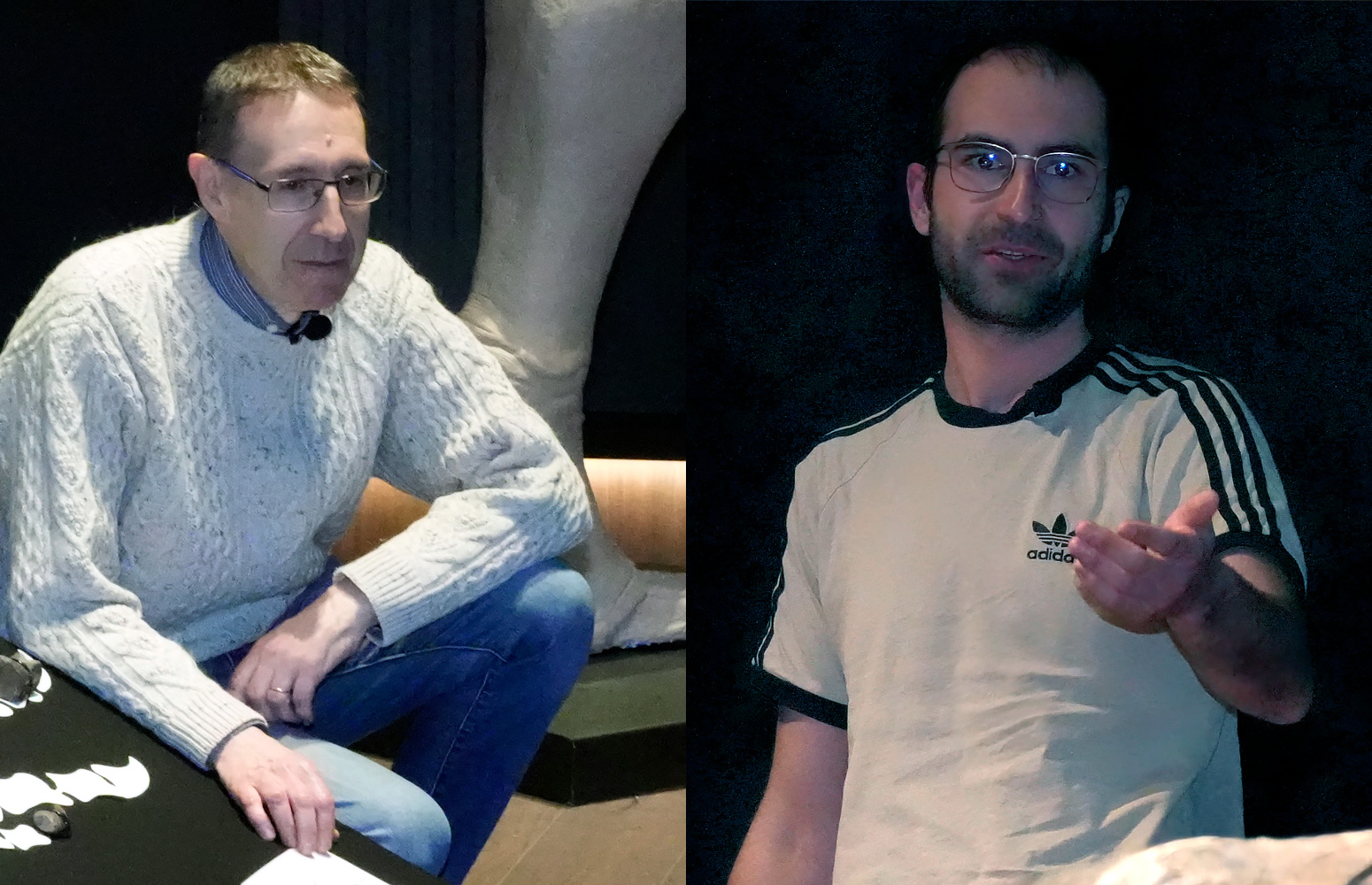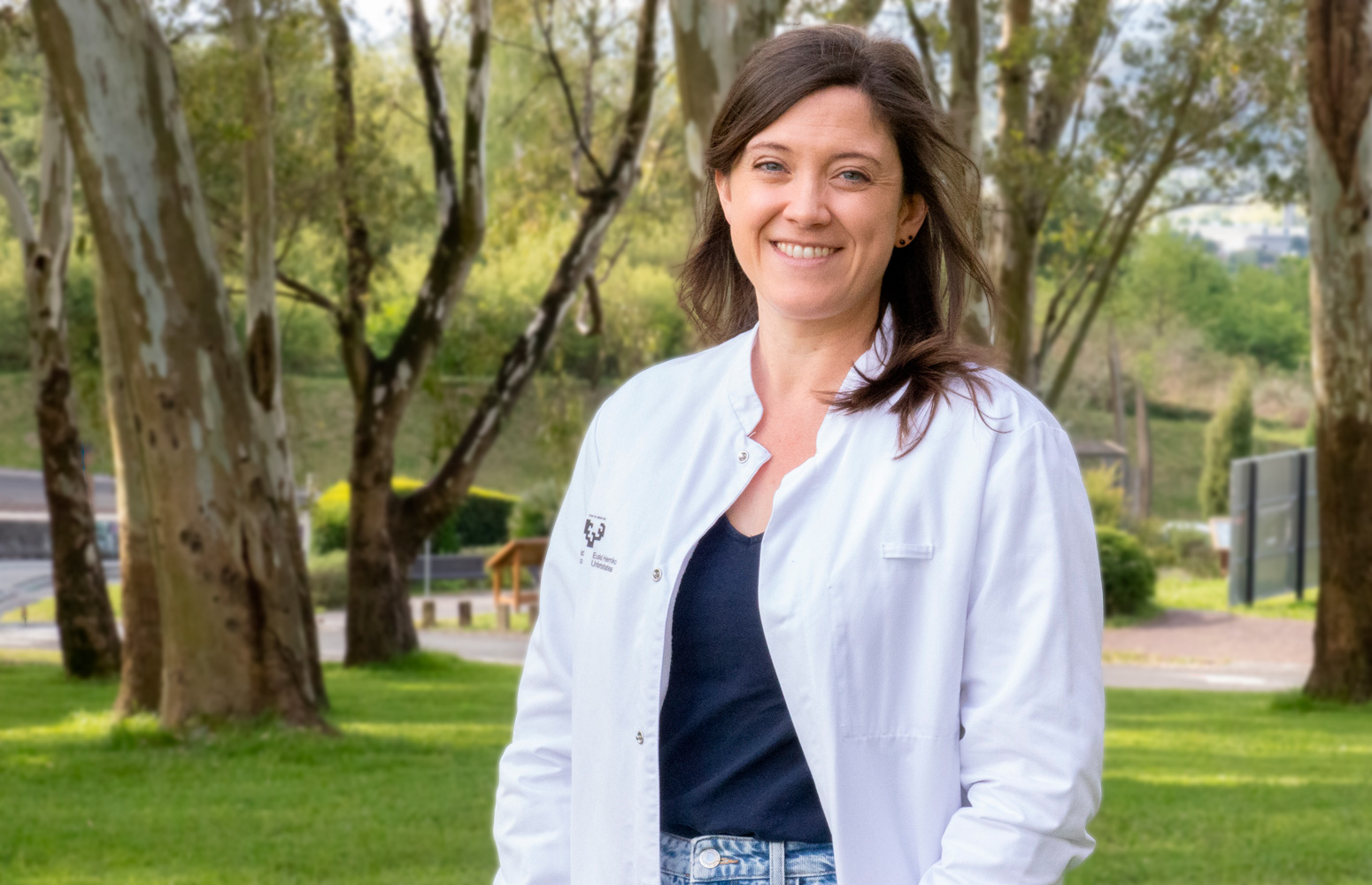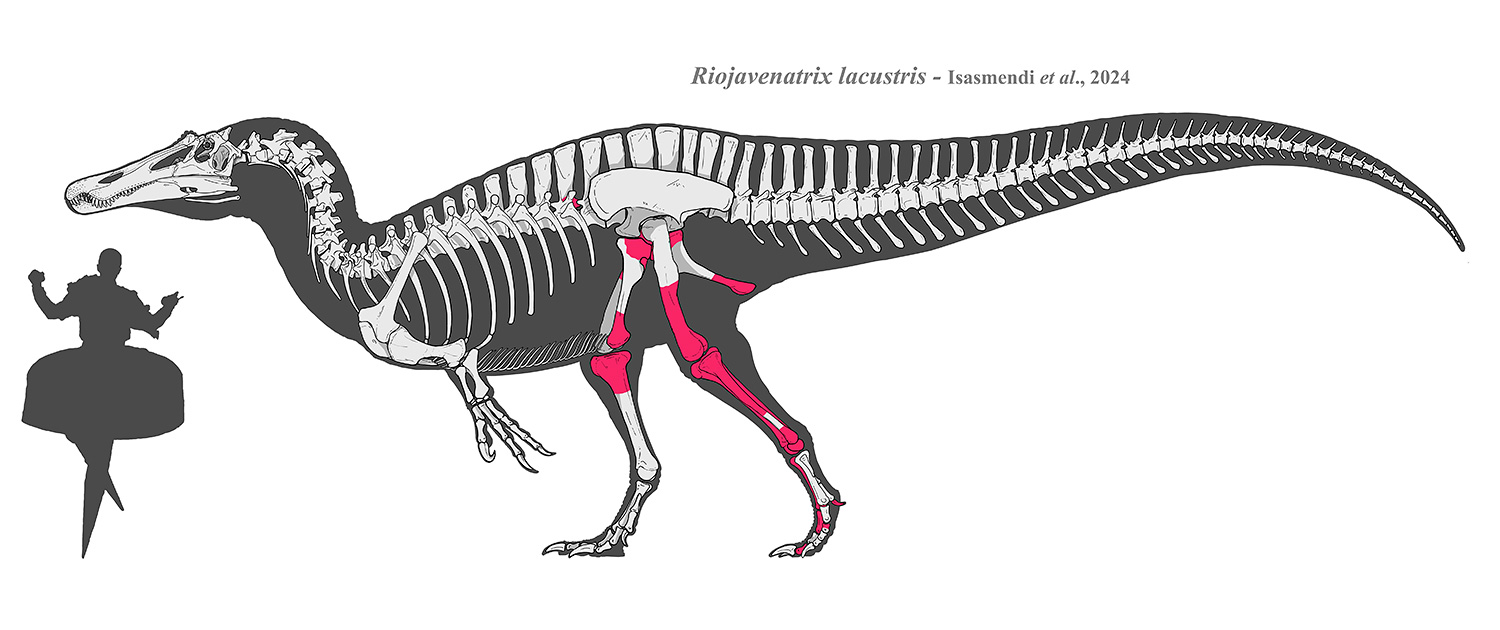UPV/EHU researchers discover a new species of carnivorous dinosaur in La Rioja
The work reveals a new species of spinosaurid, the 'Riojavenatrix lacustris', which lived 120 million years ago
- Research
First publication date: 12/03/2024

The first dinosaur to be described in La Rioja is a spinosaurid about 7-8 metres long with an estimated body mass of 1.5 tonnes. It is bipedal, it had mainly piscivorous habits, although, as a good predator, it would also have been capable of chasing and feeding on terrestrial prey. The study into the Riojavenatrix, which lived 120 million years ago, has been published in the prestigious British journal Zoological Journal of the Linnean Society. This study is part of the PhD thesis of Erik Isasmendi, a pre-PhD researcher at the University of the Basque Country (UPV/EHU).
The following people also contributed to the article: Elena Cuesta (post-PhD researcher at the Museum of Palaeontology Egidio Feruglio (MEF) in Argentina and at the Ludwig Maximilian University in Germany), Ignacio Díaz-Martínez (University of Cantabria), Julio Company (Polytechnic University of Valencia), Luis I. Viera and Pachi Sáez-Benito (Palaeontological Visitors’ Centre of La Rioja at Igea), Angélica Torices (Complutense University of Madrid) and Xabier Pereda-Suberbiola (UPV/EHU).
Spinosaurids are a group of medium to large carnivorous dinosaurs (theropods) with highly specific anatomical characteristics: they have a low, elongated skull with jaws equipped with conical teeth, similar to those of modern crocodiles, and long, robust arms with three-fingered hands ending in powerful claws; the claw of finger one, the equivalent of our thumb, standing out owing to its large size. Some spinosaurids had a dorsal sail. The first spinosaurid fossil remains found at Igea were a fragment of a maxilla and isolated teeth unearthed in 1983. These remains, along with a partial skeleton recovered in 2005, were assigned to the iconic English dinosaur Baryonyx. However, the review of this material indicates the presence of a new genus and species of spinosaurid, which has been given the scientific name of Riojavenatrix lacustris, making it the first dinosaur to be described in La Rioja.
“The new genus and species, which we have nicknamed Britney, is based on a partial skeleton consisting of the remains of the hind limbs (femur, tibia, fibula, ankle bones and phalanges of the foot), the pelvis (pubis and ischium), in addition to vertebral remains,” said the UPV/EHU researcher Erik Isasmendi. “Its combination of anatomical features make it unique and that means it can be differentiated from other spinosaurids,” he added.
Along with Riojavenatrix, five spinosaurids have now been described in the Lower Cretaceous on the Iberian Peninsula. The other Iberian spinosaurids are Camarillasaurus in Aragon, Vallibonavenatrix and Protathlitis in the Autonomous Community of Valencia, and Iberospinus in Portugal. The published study shows that the presence of Baryonyx in the Iberian record cannot be confirmed. Fossil remains testify that the Iberian Peninsula was home to a large, diverse assemblage of these carnivorous dinosaurs. Elena Cuesta takes the view that the numerous discoveries within this iconic group “raise multiple new questions” about the ecology of these animals. “How did these species coexist with each other? Questions like these are prompting us to consider again future, more detailed studies into spinosaurids, which are sure to yield significant results,” she explained.
The new species from La Rioja will be key to this and to understanding more about the origin and evolution of these theropods. Xabier Pereda-Suberbiola, lecturer and researcher in the Department of Geology of the UPV/EHU’s Faculty of Science and Technology, is one of the supervisors of Erik Isasmendi's PhD thesis, and excavation director at Igea. “The fossils discovered are of huge palaeontological interest and allow us to put Igea on the world map of spinosaurids and carnivorous dinosaurs in general,” said Pereda.
Igea is currently one of the areas with the largest number of spinosaurid sites and fossil remains in the world. This situation is due to the activities carried out by the “Garras” team, which brings together a group of palaeontologists and enthusiasts working in unison with the aim of publicising the rich palaeontological heritage of Igea and La Rioja.
The team's next step is to publicise other spinosaurid fossils found at Igea, such as the partial skeleton called “Garras” at Peña Cárcena, and the one excavated in recent years at Virgen del Villar 2 (very close to Virgen del Villar 1), which has been given the informal name Villar. The latter is “one of the most complete skeletons known in the European and world record”. The “Garras” material is in the final stages of study before publication and the Villar material is being prepared by the lab team members.
The most common carnivorous dinosaurs
On the Iberian Peninsula, spinosaurids are the most common carnivorous dinosaurs in the Lower Cretaceous formations, and are especially prevalent in rocks formed in lacustrine environments. It is common to find their fossils (mainly teeth) in various sedimentary basins, such as in Cameros (Burgos and La Rioja), Maestrazgo (Teruel and Castellón) and the Lusitanian Basin in Portugal. This group would have originated in the Upper Jurassic of Western Europe, as their remains have emerged mostly in Spain, Portugal and the United Kingdom, with several faunal exchanges during the Lower Cretaceous between Europe and North Africa.
Apart from the “Garras” team, several institutions have participated in the excavations and palaeontological studies carried out: the Palaeontological Visitors’ Centre of La Rioja at Igea, together with the universities of the Basque Country, Cantabria, Complutense of Madrid and Ludwig Maximilian, as well as the Museum of Palaeontology Egidio Feruglio (MEF) The excavation seasons were subsidised and were granted excavation permits issued by the Regional Ministry of Education, Culture and Tourism (Directorate General for Culture and Tourism, Service for the Conservation and Promotion of Historical and Artistic Heritage) of the Government of La Rioja.
Bibliographic reference
- Increasing the theropod record of Europe: a new basal spinosaurid from the Enciso Group of the Cameros Basin (La Rioja, Spain). Evolutionary implications and palaeobiodiversity
- Zoological Journal of the Linnean Society, zlad193
- DOI: 10.1093/zoolinnean/zlad193




